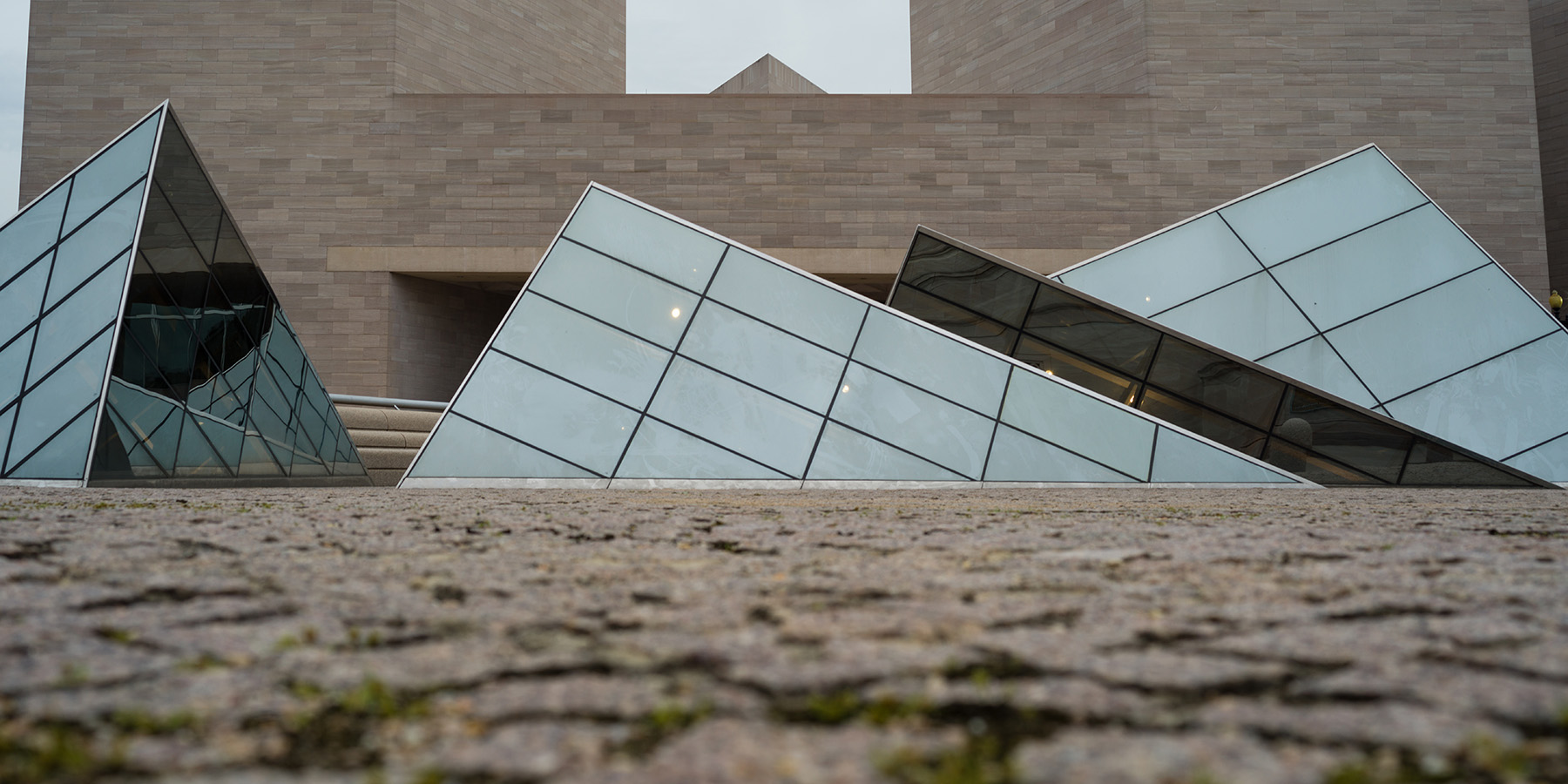James M. Córdova
The Spanish-Aztec War in Mexican Colonial Religious Art and Place
Images of conquering saints compose a major aspect of my current book project on colonial Mexican religious commemorations of the Spanish-Aztec War, which transpired from 1519 to 1521. While at the Center, I concentrated on one such image, the centerpiece of one of my book chapters. It is an unsigned painting, dated 1764, and is titled San Hipólito y las Armas Mexicanas, now in the Museo Franz Mayer in Mexico City. In it the saint rides an outsize golden eagle that is perched on a nopal cactus, an Indigenous symbol of Tenochtitlan, the Aztec capital that became Mexico City. The saint and toponym are flanked by the Aztec leader Moteuczoma II (Montezuma II) and his warriors, as well as the Spanish conquerors Pedro de Alvarado and Hernán Cortés, and company. This painting, unique in art history, not only commemorates the 1521 fall of pagan Tenochtitlan and the rise of Christian Mexico City, upon which the saint’s feast day befell, but also bridges Indigenous and Euro-Christian image-making practices to speak broadly to the multiethnic audience that populated this world capital more than two centuries after the Spanish invasion. An inscription inside a roundel at the base of the cactus identifies the work’s Indigenous patron and tells us when Tenochtitlan fell. The patron’s name and accompanying date of production open up the issue of Indigenous art patronage in late 18th-century Mexico City, a time of great change in the colonial government structures of Latin America.

Anonymous, San Hipólito y las Armas Mexicanas, 1764, oil on canvas, Museo Franz Mayer, Mexico City
While at the Center, I identified critical issues at play in this work, consolidated my project’s overarching questions on images of conquering saints, consulted crucial source materials for the image in question, and made new findings, which provide the groundwork for my continuing research on this topic. Regarding the Saint Hippolytus painting, I ask why an Indigenous man would have commissioned a painting that shows a defeated Moteuczoma, I situate more precisely the patron’s social and political status in 18th-century Mexico City, and I ask how he may have intended to display it, and for what occasion. Finally, I account for the painting’s compositional organization, which betrays a Native handling of pictorial space that conveys a particular message about the founding of Mexico City. This, I argue, ultimately subverts the imperial theme of Spanish victory and Indigenous defeat. However, given this work’s strong links to Indigenous Mexico City of the 18th century, and its overt Christian iconography and treatment of the Spanish invasion, I contend that, at first glance, the painting confirms crucial aspects of the dominant imperial narrative of the Spanish invasion, namely Euro-Christian superiority and the civilizing aspect of that invasion, at the expense of Aztec Mexico. I also argue that the painting simultaneously subverts key aspects of the same narrative in its visual commensurability of the groups represented therein—the elevation of the saint over those groups—which subverts the myth of victory and defeat. And finally, the Indigenous treatment of pictorial space, balance of composition, and unfolding of a narrative in the corner roundel work together to subvert a Manichaean concept of coloniality that pits colonizers/victors against the colonized/vanquished.
I ground my analyses and arguments in relation to Sumathi Ramaswamy’s question in Empires of Vision: A Reader about subaltern seeing and its relationship to imperial ways of looking, alternative emancipatory visions, and the haphazard mix of both. These questions, relevant to colonial societies and their visual cultures, guide the theoretical underpinnings of my book chapters on conquering saints, like Saint Hippolytus. Upon returning to my institution, I plan to complete my book chapter on Mexican images of Saint Hippolytus, which requires an examination of the social and political status of Indigenous church and civic leaders, like the patron of San Hipólito y las Armas Mexicanas in late 18th-century Mexico. Why, for whom, and on what occasions did these leaders commission religious artworks? I will also develop my analyses of the painting’s Indigenous and Euro-Christian iconography and compare this work to other known colonial Mexican images of the saint. Upon completing this chapter, I will set down the framework for two additional chapters on images of other conquering saints and their shrines in colonial Mexico City.
University of Colorado Boulder
Ailsa Mellon Bruce Visiting Senior Fellow, winter 2023
James M. Córdova will return to his position as associate professor of art history at the University of Colorado Boulder, where he will continue work on his book and related projects.
